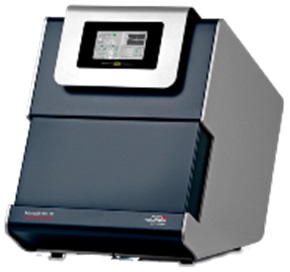Monolith NT.115

Location - Britannia 107
For enquiries, please contact - Dr. Karin Smorodinsky-Atias
The information provided in this section is taken from “User Manual for the Monolith NT.115” and “User Starting Guide for the Monolith NT.115” by NanoTemper
To ensure optimal results, please follow these rules when preparing the samples:
-
Never prepare less than 20 µl of sample.
-
Increased probability of errors due to evaporation.
-
Sample material may stick to the plastic micro reaction tubes.
-
Higher pipetting errors.
-
-
Never prepare small volumes (e.g. 20 µl) in large micro reaction tubes.
-
The high surface-to-volume ratio leads to surface adsorption.
-
Always use the smallest micro reaction tubes possible, like PCR tubes.
-
-
Always spin down the protein/sample stocks (5 min at 13,000 rpm, 4°C).
-
This will remove aggregates (one of the main sources for noise).
-
In addition, use detergents such as Tween-20 or Triton X-100 (0.01% - 0.1%).
-
-
Keep the samples in the dark once the fluorescently labeled molecule is added.
-
Incubate the components of the binding reaction for a sufficient time to form interactions.
-
Incubation time and temperature can differ between different molecules and should be determined experimentally.
-
Usually, a 5-minute incubation at RT is sufficient.
-
-
Avoid formation of bubbles during sample preparation.
-
It is recommended to mix the samples by pipetting rather than vortex these small volumes (vortex may lead to protein or sample denaturation).
-
-
Use proper controls for the experiment.
-
A non-binding molecule with the molecule of interest.
-
A binding-deficient mutant of the molecule of interest.
-

